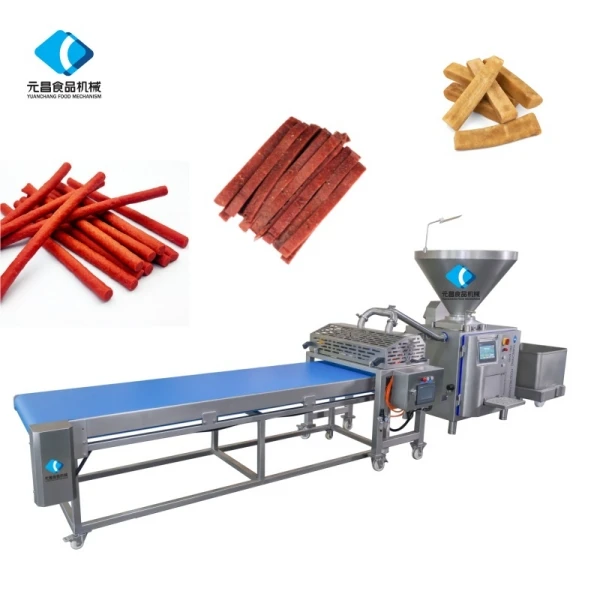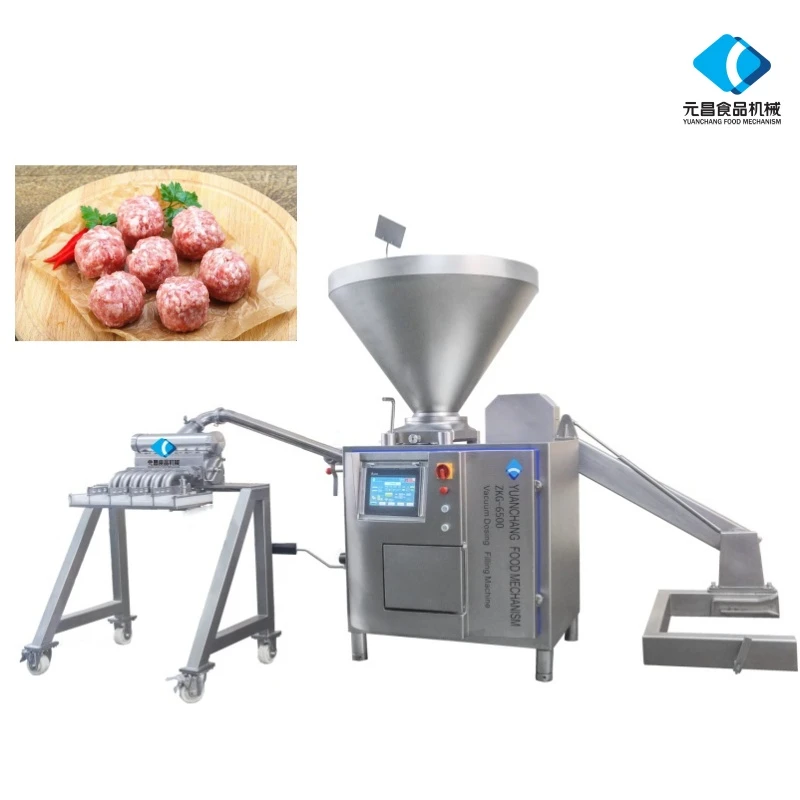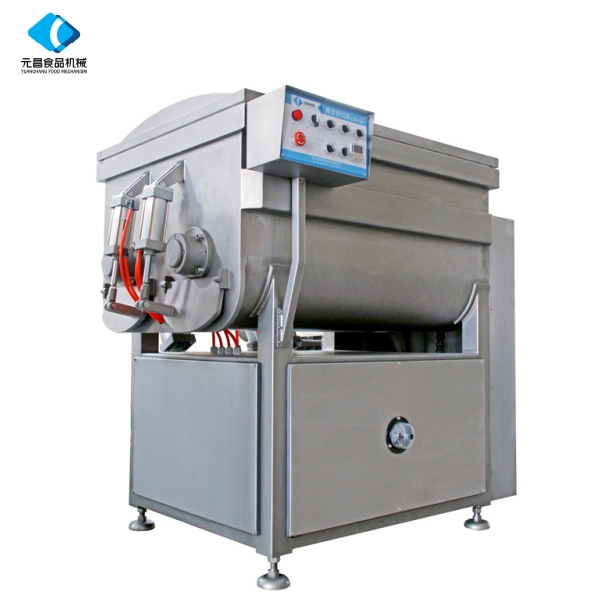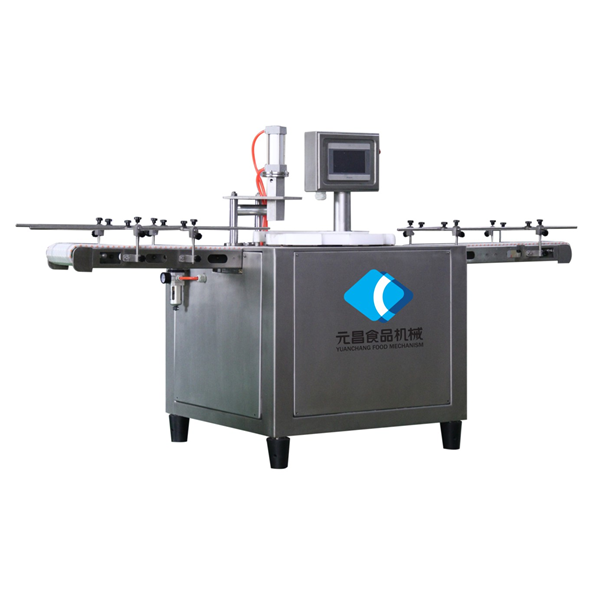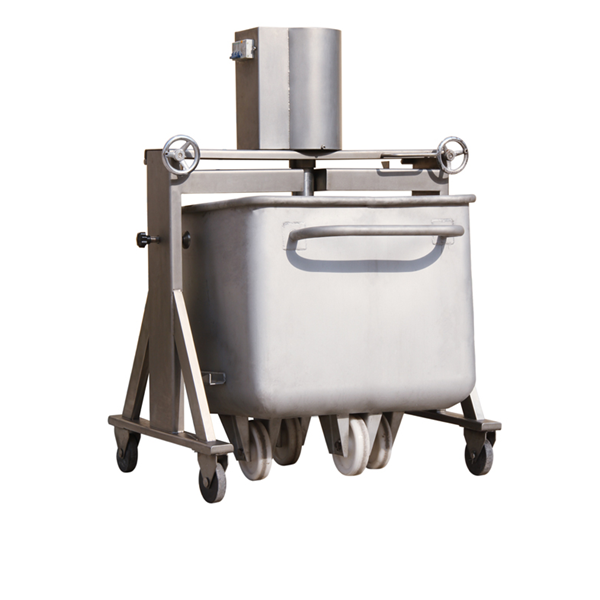Essential Meat Department Equipment: Innovations, Benefits & Global Impact
Understanding Meat Department Equipment: Why It Matters in a Global Context
When you think about meat department equipment, you probably picture the counters or slicers at your local butcher or supermarket. But honestly, it’s so much more than that—these tools and machines form the backbone of how meat is handled, processed, and distributed worldwide. Given global population growth and rising protein demand, optimizing meat department equipment isn't just a niche concern; it's essential for food safety, sustainability, and efficiency on a global scale.
The United Nations Food and Agriculture Organization (FAO) notes that by 2050, global meat consumption will rise by nearly 70%. To meet this demand responsibly, meat departments must employ equipment that minimizes waste, maximizes hygiene, and supports sustainable practices. Understanding the key benefits of such equipment—from precision cutting to reliable refrigeration—helps us appreciate the role this industry plays beyond supermarket aisles.
The Worldwide Demand for Reliable Meat Department Equipment
Across continents, meat department equipment helps bridge the gap between farm and fork. Meat is perishable, so the equipment handling it has to maintain temperature control, ensure cross-contamination doesn't happen, and operate efficiently under varying workloads—sometimes in the sweltering heat of tropical zones, other times in tightly regulated urban environments.
This isn't just a food retail issue. Industrial meat processors, humanitarian relief organizations, and even small town butchers rely on well-designed tools. The meat department equipment market is estimated by some analysts at over $5 billion globally, signaling widespread investment and innovation in this sector.
But here's a sticking point: inconsistent standards and outdated machines still cause bottlenecks and food safety concerns, creating a pressing need for modern, scalable solutions worldwide.
What Exactly Is Meat Department Equipment?
At its core, meat department equipment refers to the machinery, tools, and accessories used to process, store, cut, package, and display meat products in retail and industrial settings. This includes everything from slicing machines and vacuum packers to refrigerated display cases and grinding equipment.
In humanitarian efforts or remote communities, such equipment enables safe storage and processing, helping to provide protein-rich food that supports nutrition goals. So, it’s not just about flashy tech behind glass counters—it’s about a fundamental part of food security and distribution infrastructure.
Core Components and Their Real-World Roles
1. Durability & Hygiene
Meat handling equipment has to endure intense daily cleaning cycles, usually with harsh chemicals. Stainless steel construction is the gold standard, providing corrosion resistance and ease of sanitation. Oddly enough, many engineers say the wrong material choice causes most equipment failures, not mechanical complexity.
2. Scalability and Flexibility
From small butcher shops to mega-processing plants, equipment must scale in capacity and adapt to different meat types—from beef to lamb, poultry or even exotic game. Modular designs allow adding or removing components without overhauling the entire setup.
3. Precision and Speed
Automatic slicers and grinders ensure consistency and save labor costs. Speed matters when processing thousands of kilos daily, but so does the precision that reduces waste. Some systems use laser guides or electronic controls to help operators cut exactly as desired.
4. Energy Efficiency
Refrigeration units and vacuum packaging systems consume a lot of energy, so energy-efficient models reduce operating expenses and ecological footprints—a must in the modern era.
5. Safety Features
Sharp blades, heavy machinery—without integrated safety features, accidents happen. Many newer machines include guards, automatic shutoffs, and ergonomic designs to protect workers.
Typical Meat Department Equipment Specifications
| Equipment | Material | Power (W) | Capacity | Dimensions (L×W×H) |
|---|---|---|---|---|
| Automatic Meat Slicer | Stainless Steel 304 | 250 | Up to 10kg/hr | 600×400×450 mm |
| Vacuum Packaging Machine | Aluminum + Steel | 500 | Up to 12 packs/hr | 750×500×350 mm |
| Refrigerated Display Case | Tempered Glass & Steel | 1500 | 500 L | 1500×700×1200 mm |
Global Applications and Who Benefits
Real-world use cases stretch worldwide. In the United States and Europe, supermarkets rely on precise meat slicers and hygienic packaging to maintain quality and appeal. Meanwhile, large-scale meat processing plants in Brazil and Australia handle massive meat volumes for export, demanding highly automated equipment.
Oddly enough, in remote and less industrialized regions—think sub-Saharan Africa or parts of Southeast Asia—portable refrigeration units and simple cutters provide critical support to local food markets and emergency nutrition programs. Humanitarian agencies especially value compact, durable meat department equipment to preserve meat proteins in disaster relief situations.
Mini takeaway: The diverse settings prove the equipment’s versatility—from high-tech urban stores to fragile supply chains in emerging economies.
Advantages and Long-Term Value of Modern Equipment
- Cost Efficiency: Reduces waste with precision cutting, lowers energy bills via efficient refrigeration.
- Sustainability: Materials like stainless steel last decades, reducing replacement frequency, and energy-saving designs help lower carbon footprints.
- Social Impact: Safer, more hygienic equipment protects consumer health and supports worker well-being.
- Reliability: Downtime in meat processing disrupts supply chains—quality equipment reduces these risks.
It’s not just a numbers game. Behind every freshly sliced steak or vacuum-packed roast is a story of safety, dignity, and trust—both for workers and consumers. Whether it’s the butcher chatting casually with their community or a big retailer supplying millions, the emotional payoff feels pretty big.
The Cutting Edge: Future Trends in Meat Department Equipment
The future is kind of exciting here. We’re seeing digital integration with IoT sensors that track temperature and equipment health in real-time—helping predict maintenance needs before breakdowns occur. Automation is on the rise too, with robotic arms assisting slicing and packaging.
Sustainability remains a priority. New refrigerants with lower global warming potential (GWP) are replacing older chemicals, while solar-powered refrigeration units are being tested in off-grid locations. Even material science is contributing, with antimicrobial coatings reducing cleaning requirements.
Common Challenges and Expert Solutions
Despite all the innovation, challenges persist. Cost remains a barrier for small operators to upgrade, and in some regions, inconsistent electricity supply can hamper refrigeration reliability. Cross-contamination risks exist, especially where hygiene training is sparse.
Experts recommend modular, scalable equipment that can start small and grow with business needs. Solar or battery backups can solve energy issues, while supplier training programs help bridge knowledge gaps. It's a layered approach, requiring collaboration between manufacturers, NGOs, and local businesses.
Vendor Comparison: Finding the Right Partner
| Vendor | Product Range | After-Sales Support | Price Range | Global Reach |
|---|---|---|---|---|
| MeatTech Solutions | Full spectrum: slicers to refrigeration | 24/7 global hotline, on-site training | $$$ | North America, Europe, Australia |
| AgroEquip International | Specializes in portable & modular units | Remote support, regional workshops | $$ | Africa, Asia, Latin America |
| FreshCut Equip | High-precision slicers and grinders | Standard warranty, online tutorials | $$$ | Europe, USA |
Frequently Asked Questions About Meat Department Equipment
Q1: How often should I service my meat slicer to ensure hygiene and safety?
Ideally, slicing equipment should be cleaned after every use and undergo full servicing at least once every 3 to 6 months. Regular maintenance prevents contamination and mechanical failures, ensuring both food safety and machine longevity.
Q2: Can energy-efficient refrigeration equipment significantly lower my operating costs?
Absolutely. Modern units with energy-saving compressors and smart thermostats can reduce electricity usage by up to 30%, paying back their initial investment over time through lowered bills. They also help reduce environmental impact.
Q3: What considerations should small butcher shops make when choosing equipment?
Flexibility and ease of cleaning top the list. Small shops benefit from modular machines that can handle varied cuts without large footprints. Durability and safety features are also critical since often fewer staff handle multiple tasks.
Q4: Are there eco-friendly materials used in meat department equipment?
Stainless steel remains the leader for longevity and recyclability. Newer antimicrobial coatings reduce sterilization needs. Additionally, biodegradable packaging materials are increasingly integrated into vacuum packaging systems to reduce plastic waste.
Q5: How do international regulations affect equipment choices?
Different countries have specific sanitary and safety regulations—ISO 22000 and HACCP are common frameworks that influence equipment design. Suppliers with international certifications ease compliance and speed product approvals.
Conclusion: Investing in Meat Department Equipment for Sustainable Growth
Over the long haul, investing in high-quality meat department equipment is not just about keeping up appearances or speeding operations—it’s about ensuring sustainability, safety, and a better food system that stands up to future challenges. Whether you’re upgrading a local butcher’s workspace or outfitting a large processing plant, the equipment you choose affects not only your bottom line but community health and environmental impact.
Thinking about upgrading or sourcing reliable solutions? Visit our website to explore the latest in meat department technology and support.
References:
-
Discover the Benefits of Vacuum Marinating Machines for Efficient Food ProcessingNewsNov.24,2025
-
The Ultimate Guide to Commercial Chicken Scalders: Efficiency, Sustainability & InnovationNewsNov.23,2025
-
Chicken Harvesting Equipment: Efficient & Humane Solutions for Poultry ProducersNewsNov.22,2025
-
Comprehensive Guide to Meat Processing Plant Equipment | Efficiency, Safety & SustainabilityNewsNov.21,2025
-
Meat Processing Bins: Durable Solutions for Safe & Efficient Meat Handling WorldwideNewsNov.20,2025
-
Best Commercial Marinating Machines for Meat Processing | Efficient & ScalableNewsNov.20,2025





